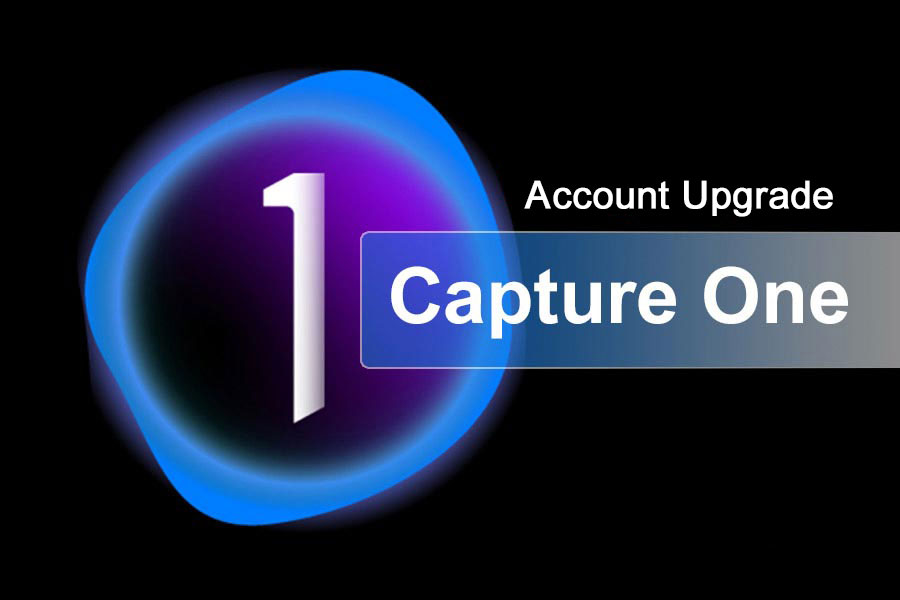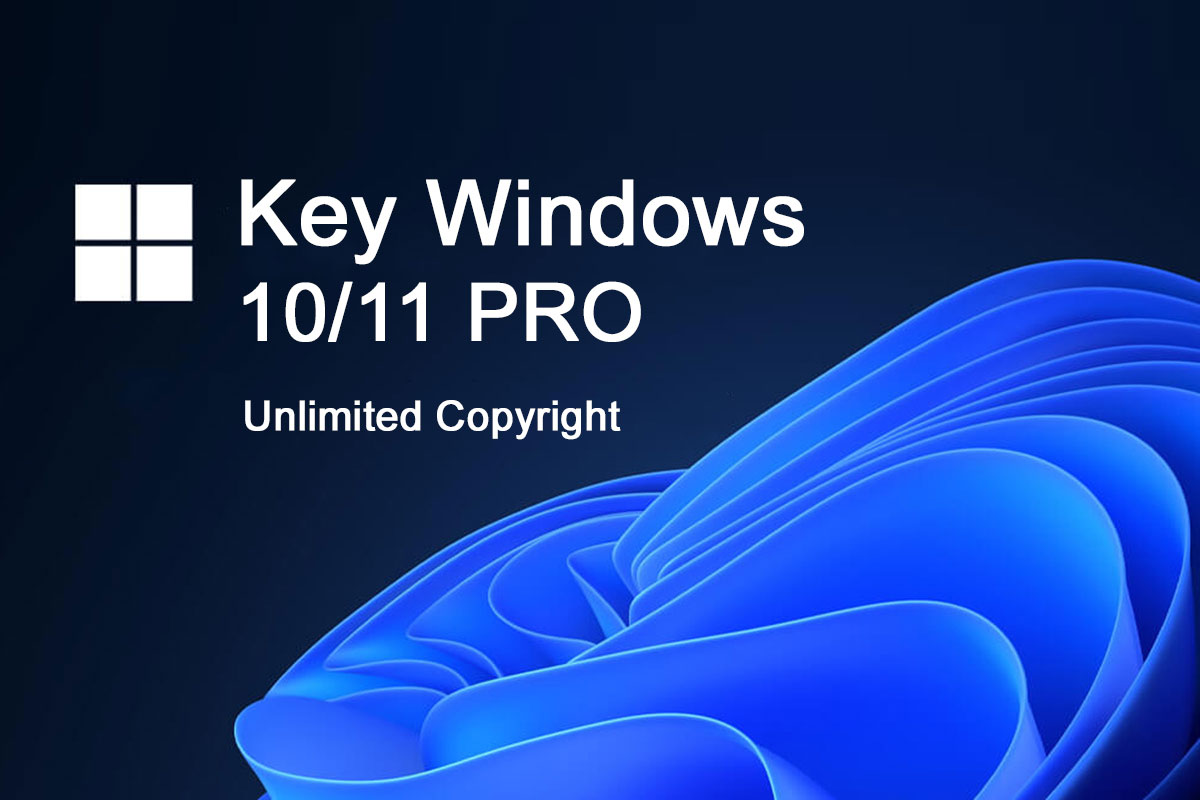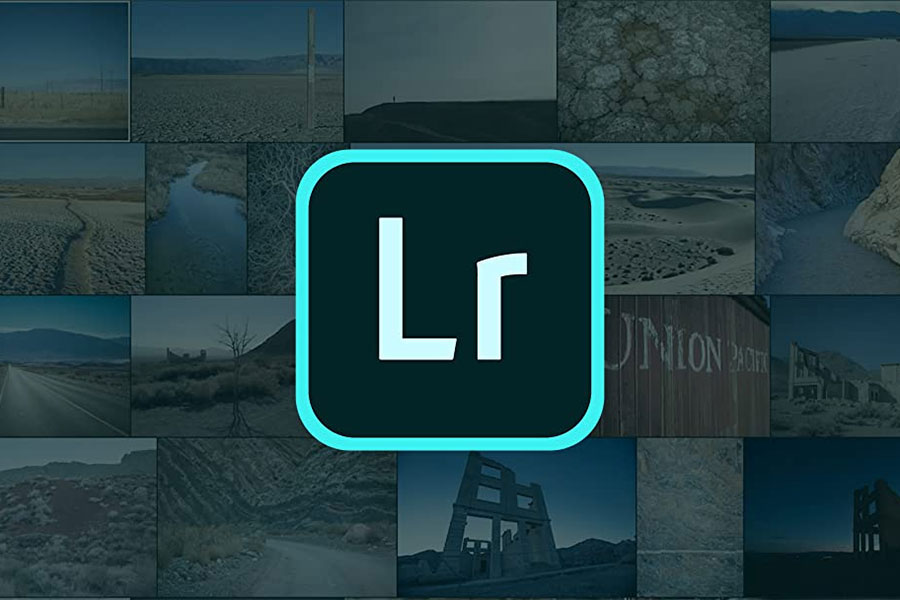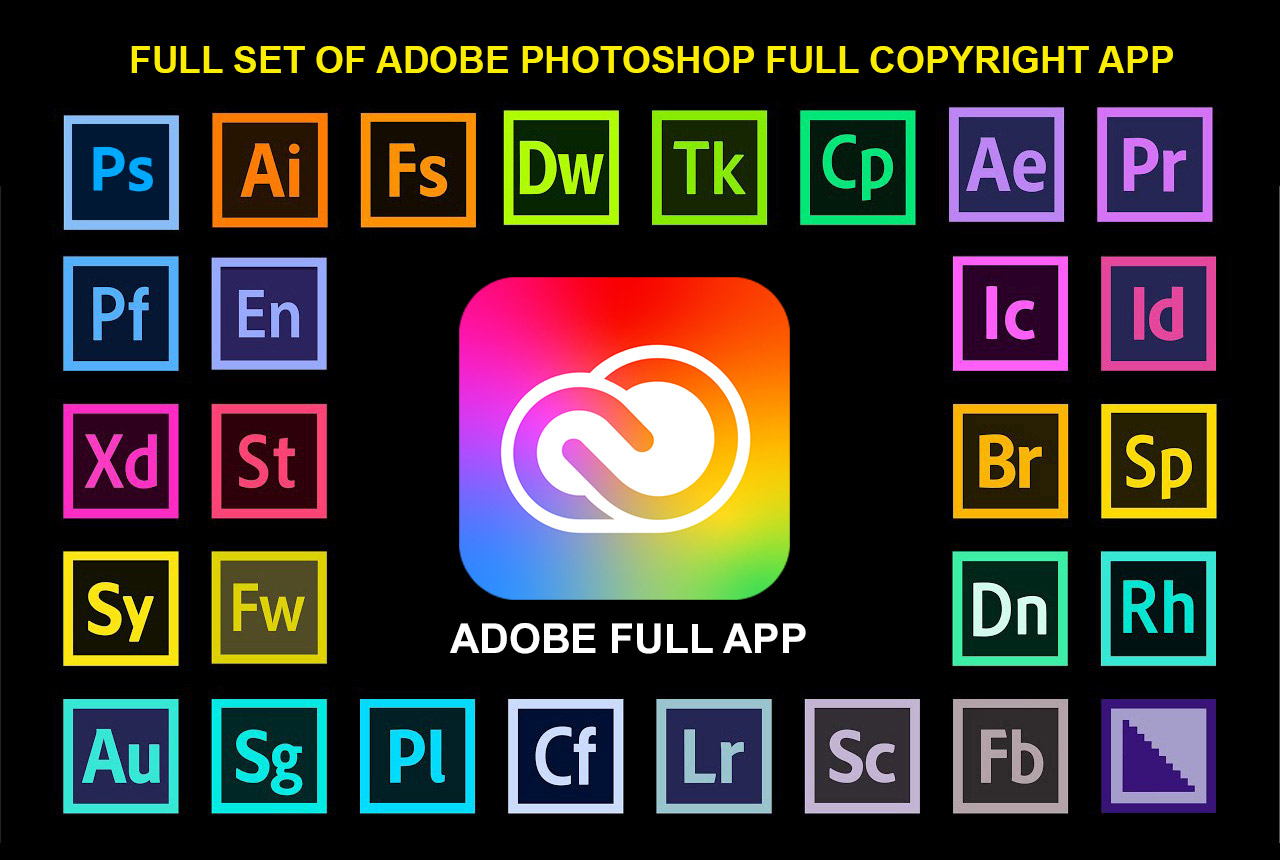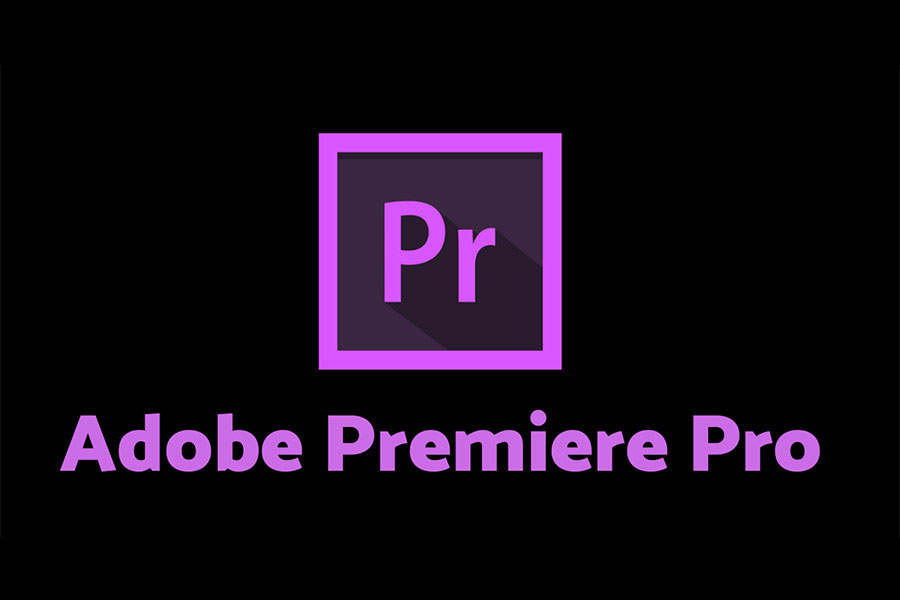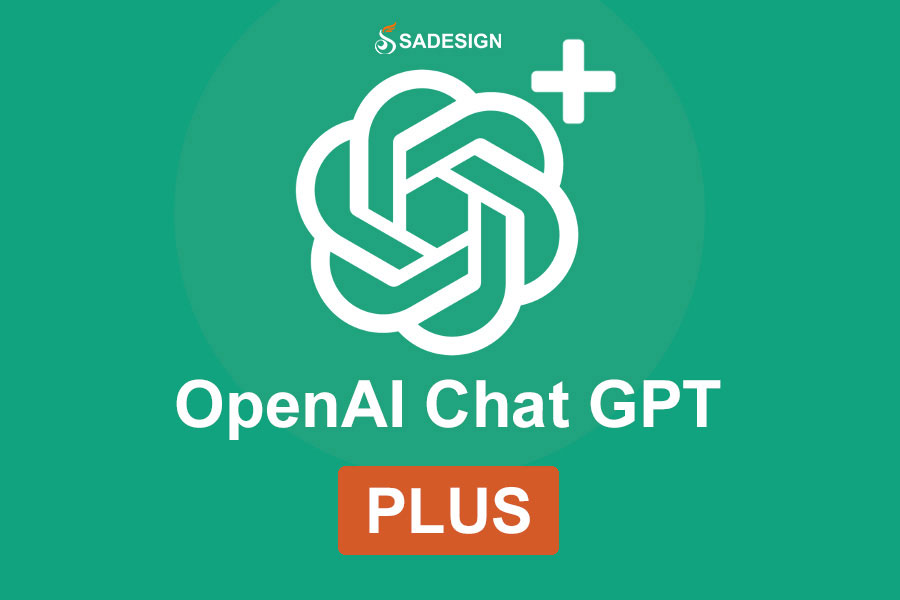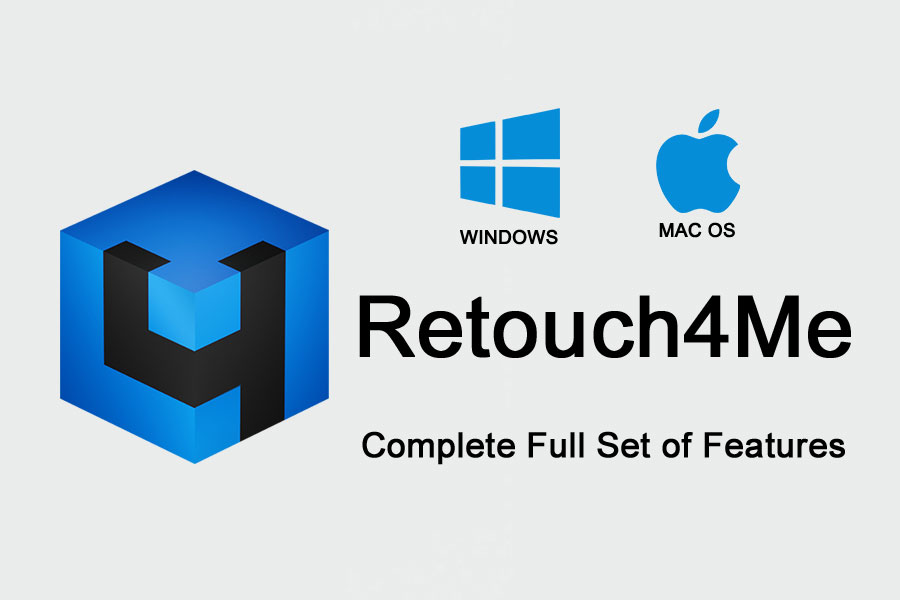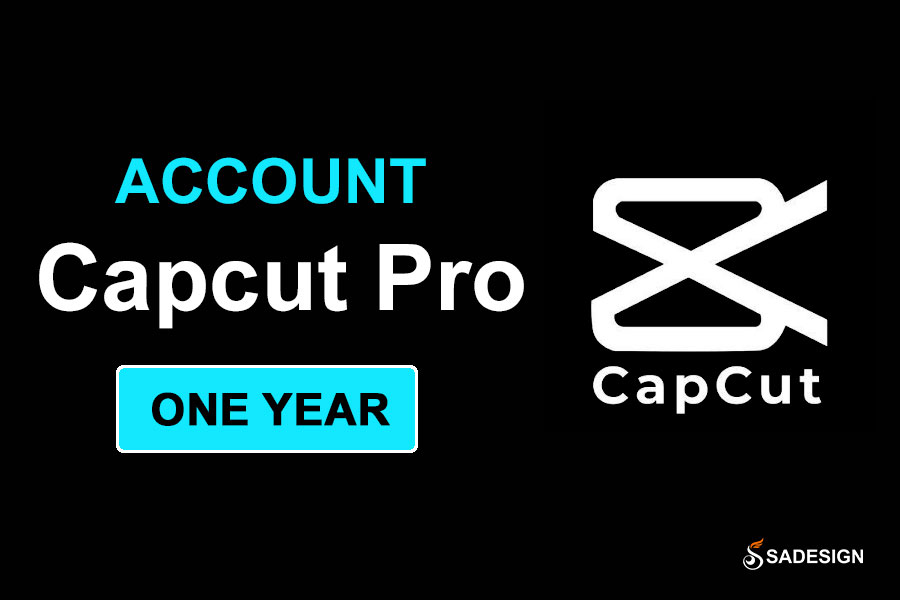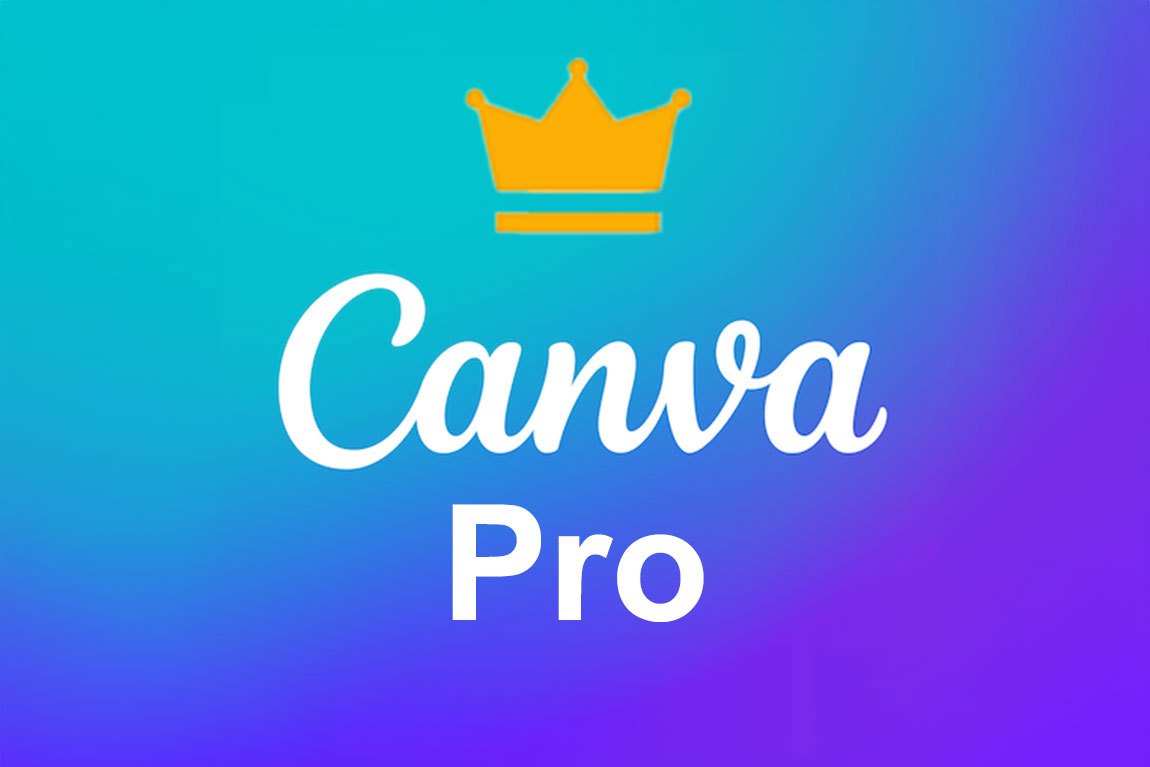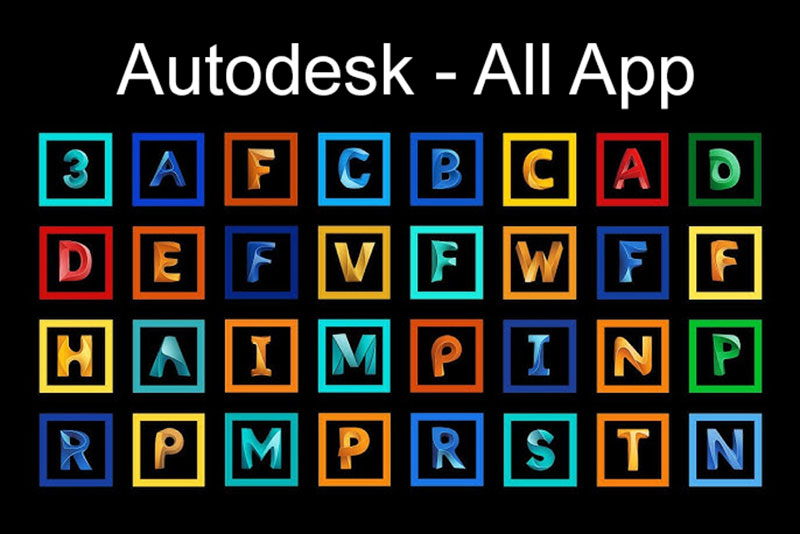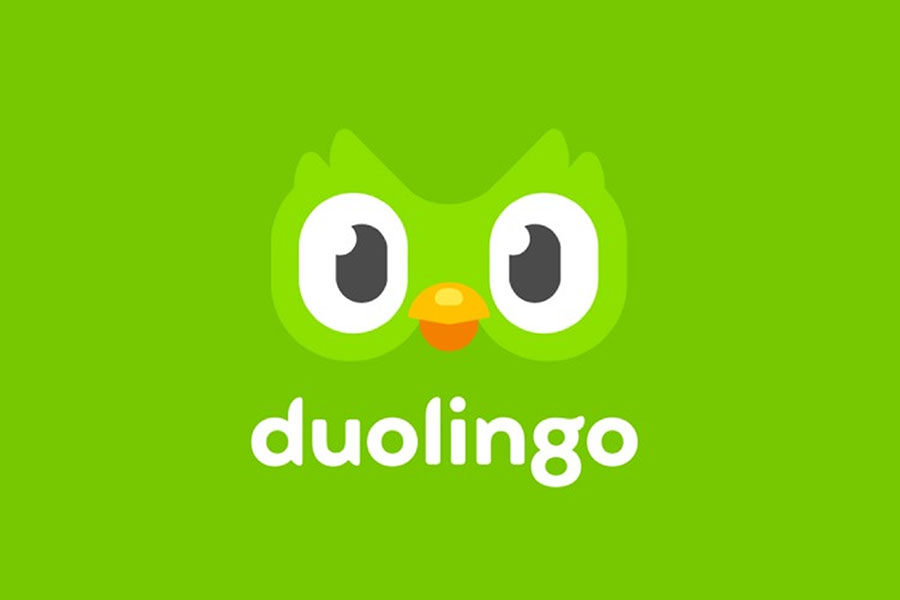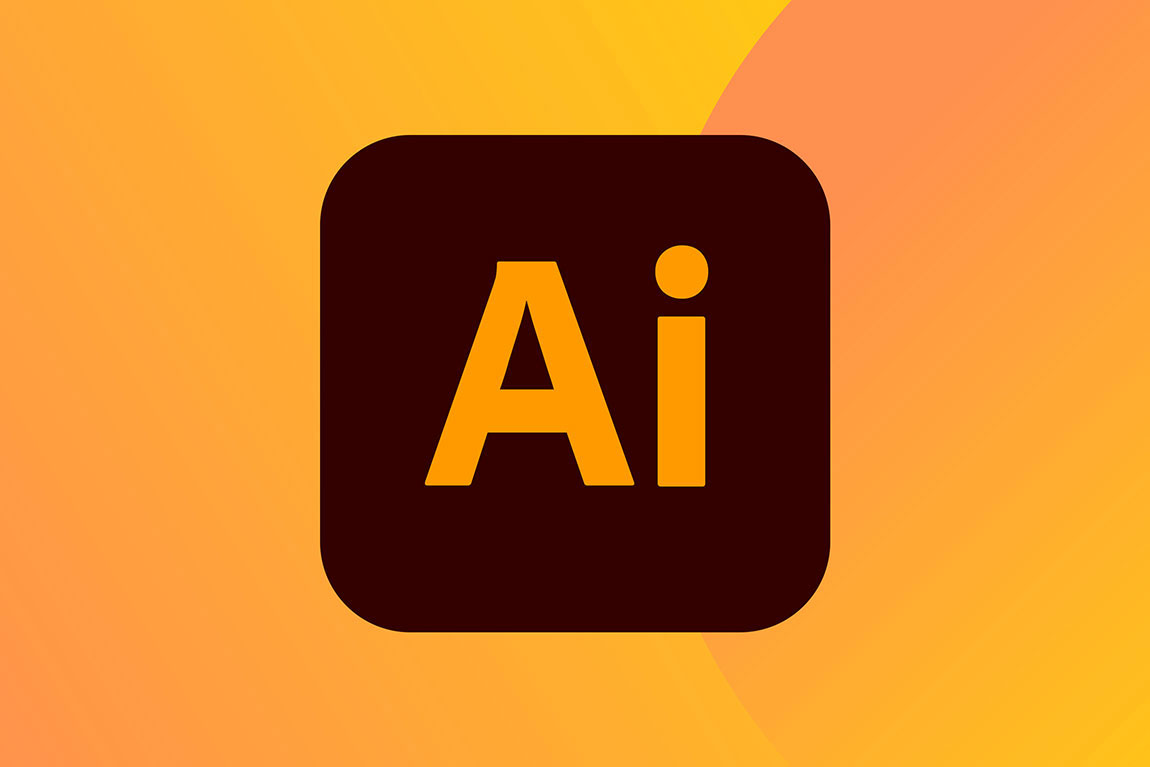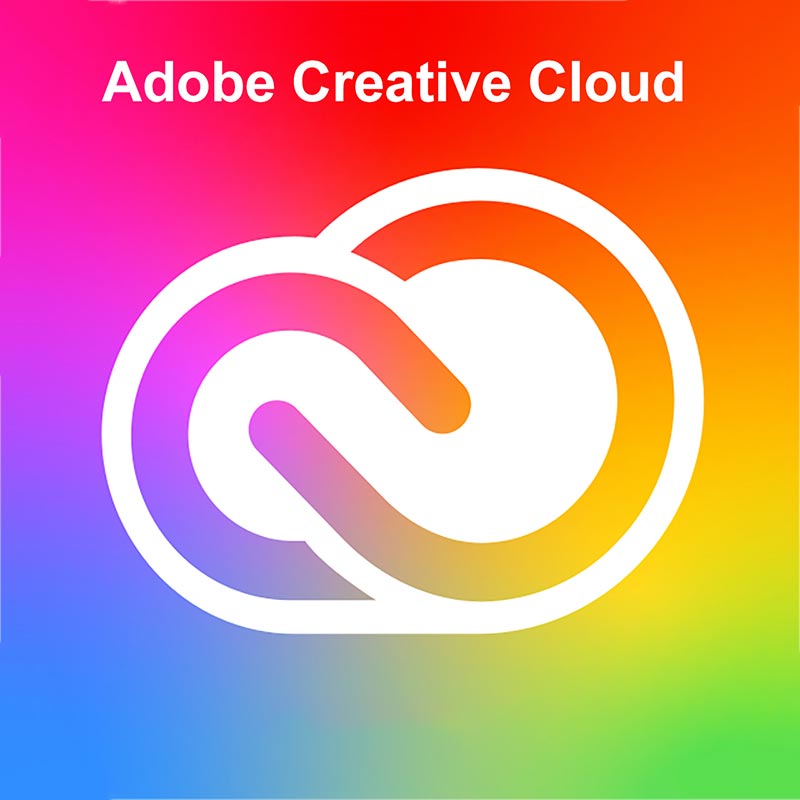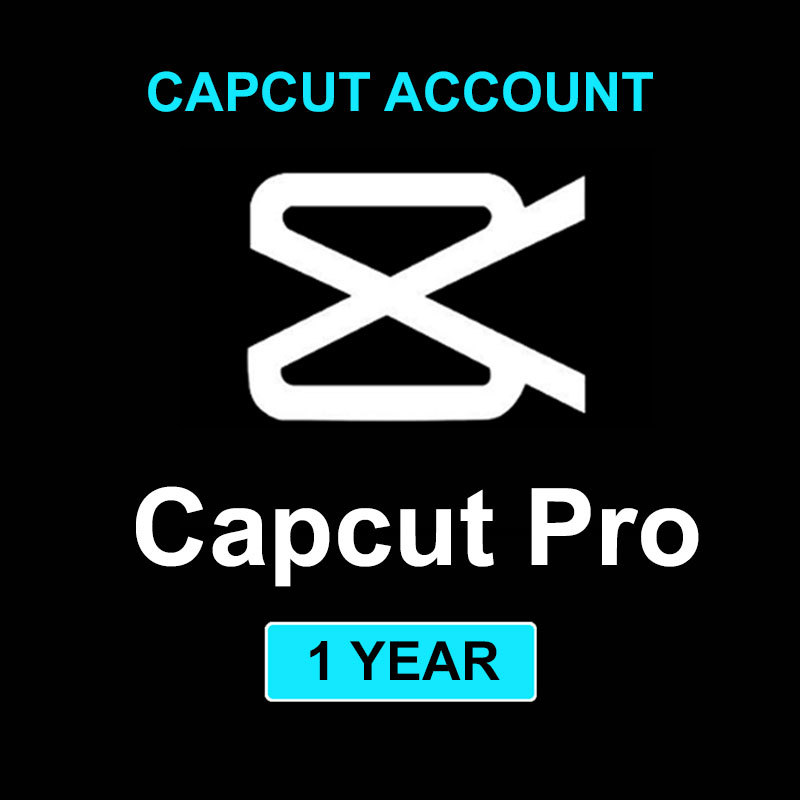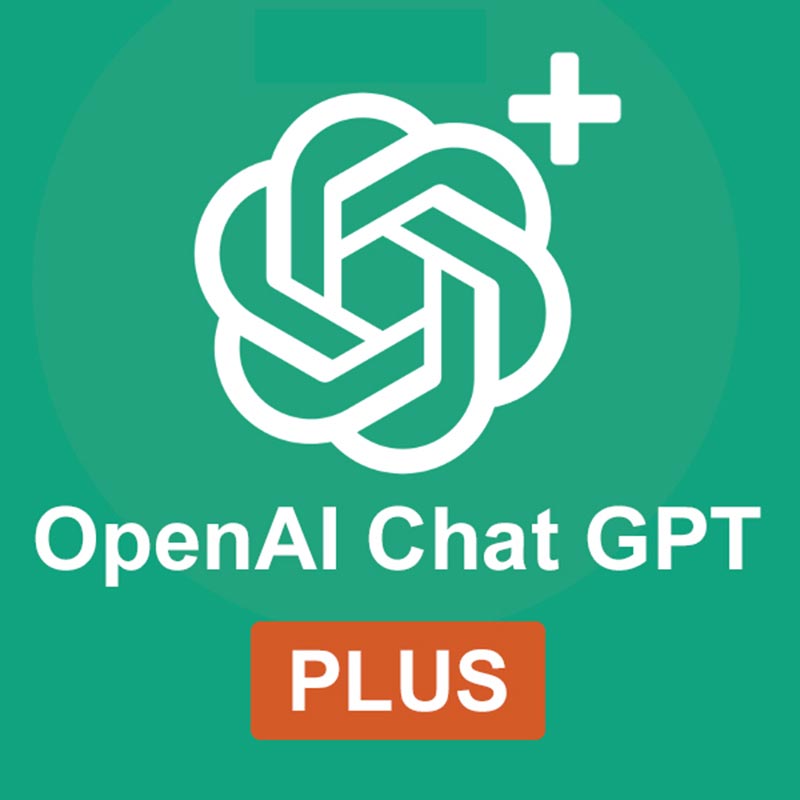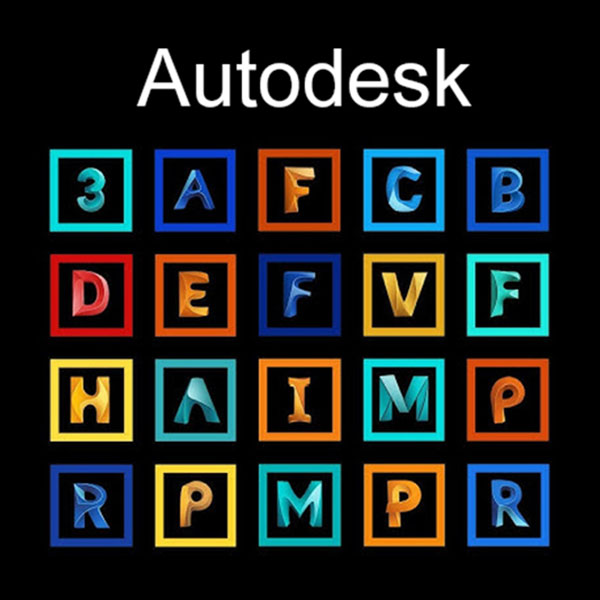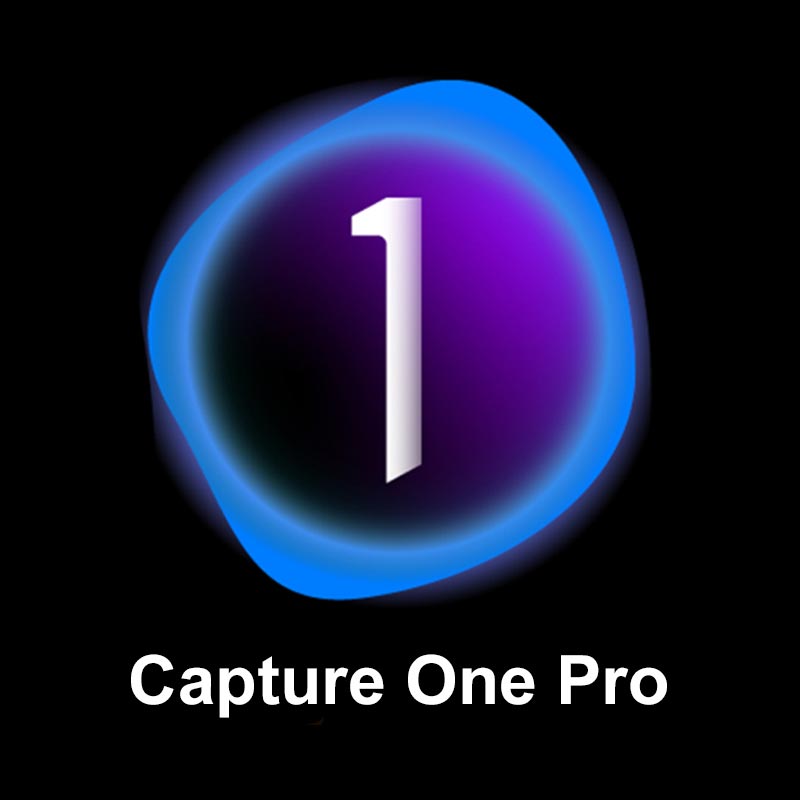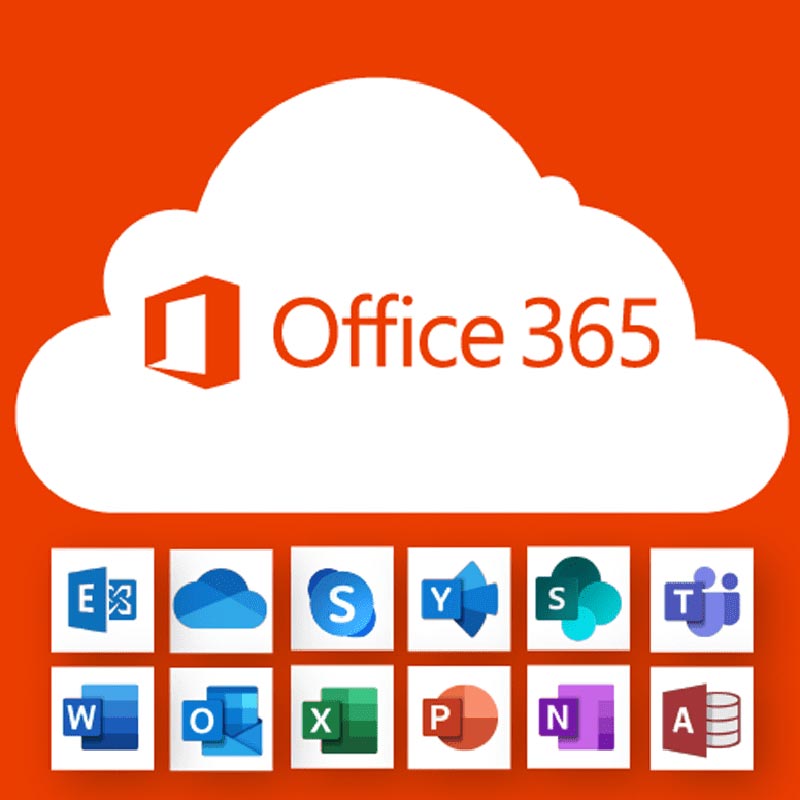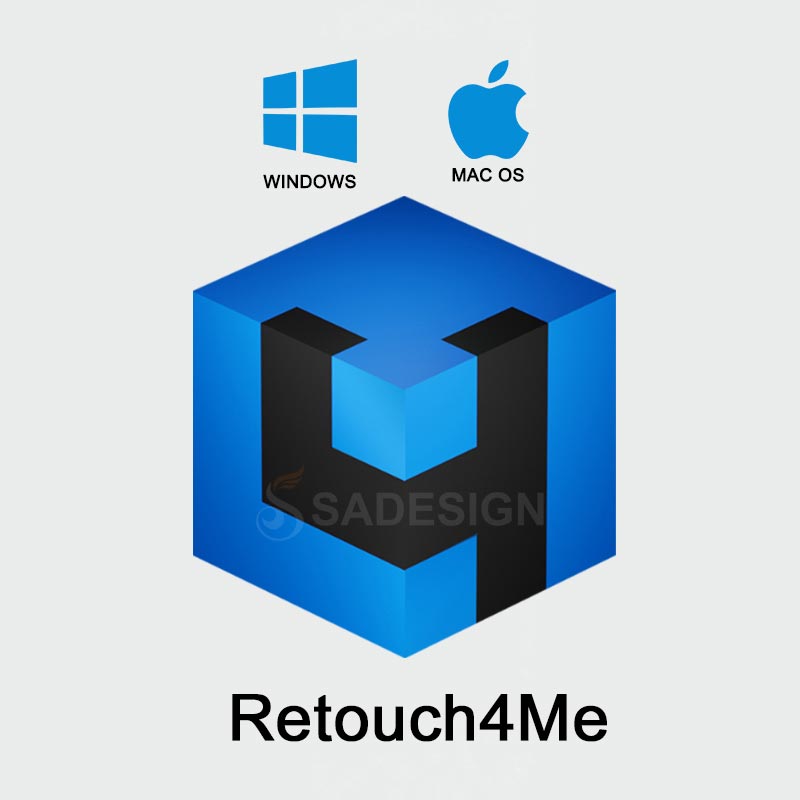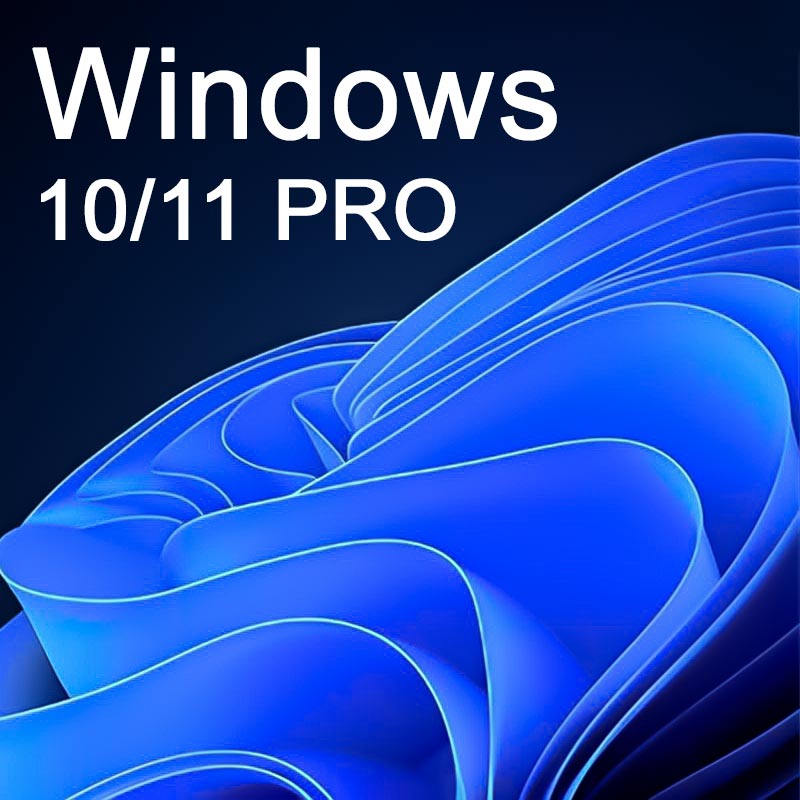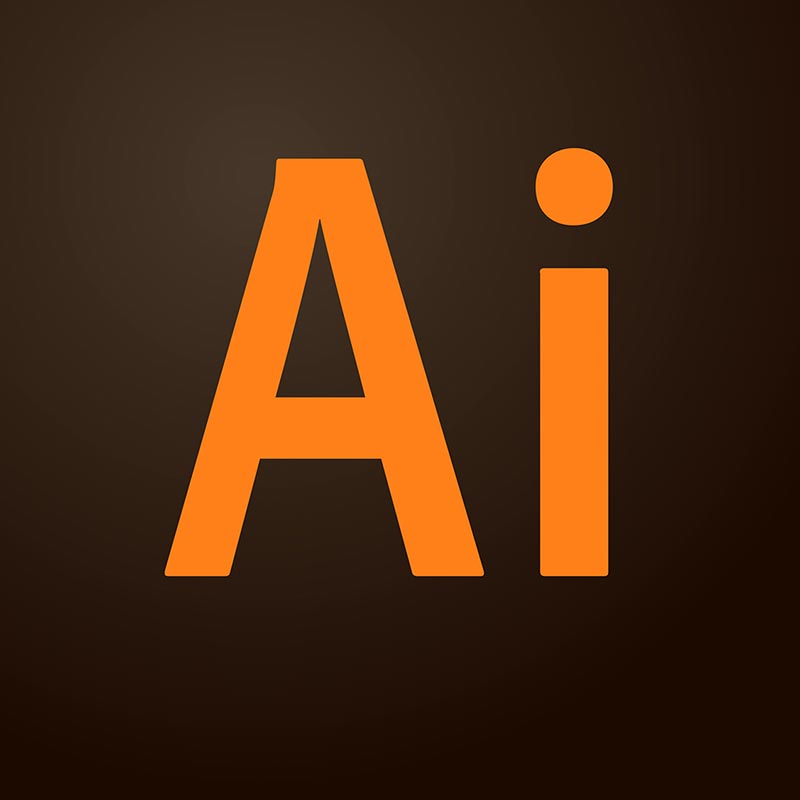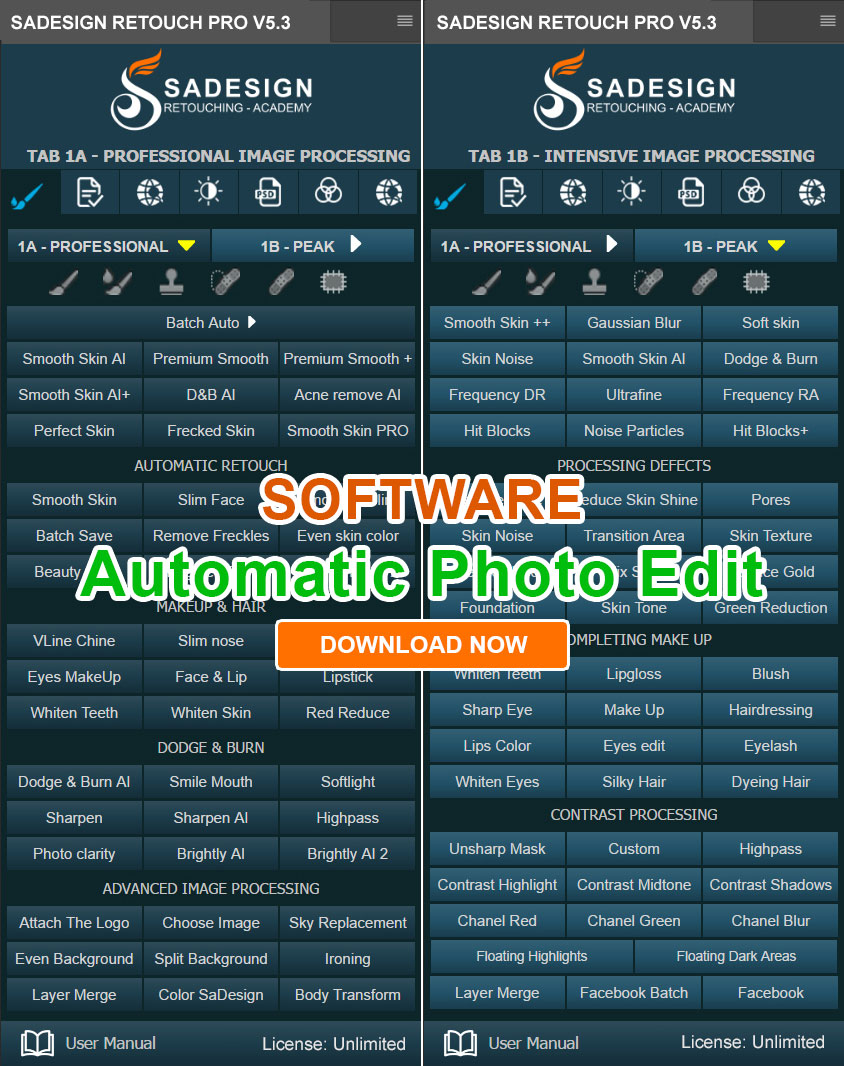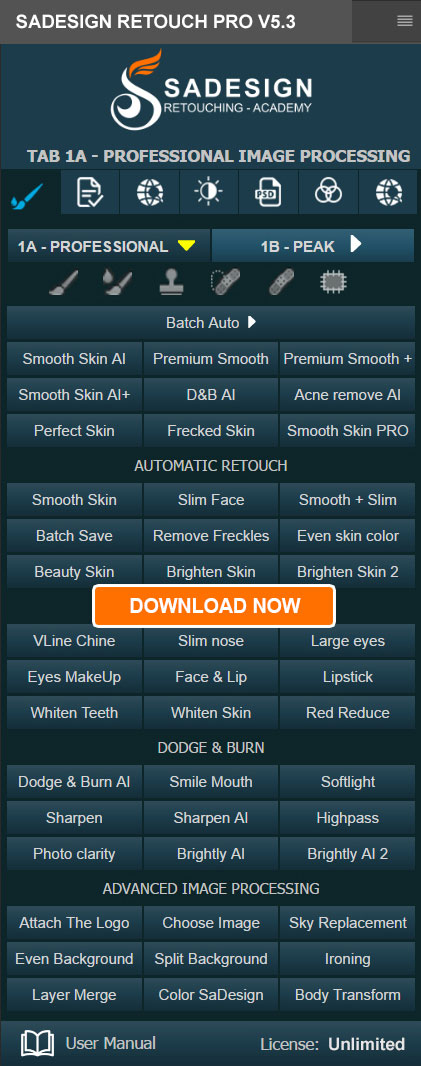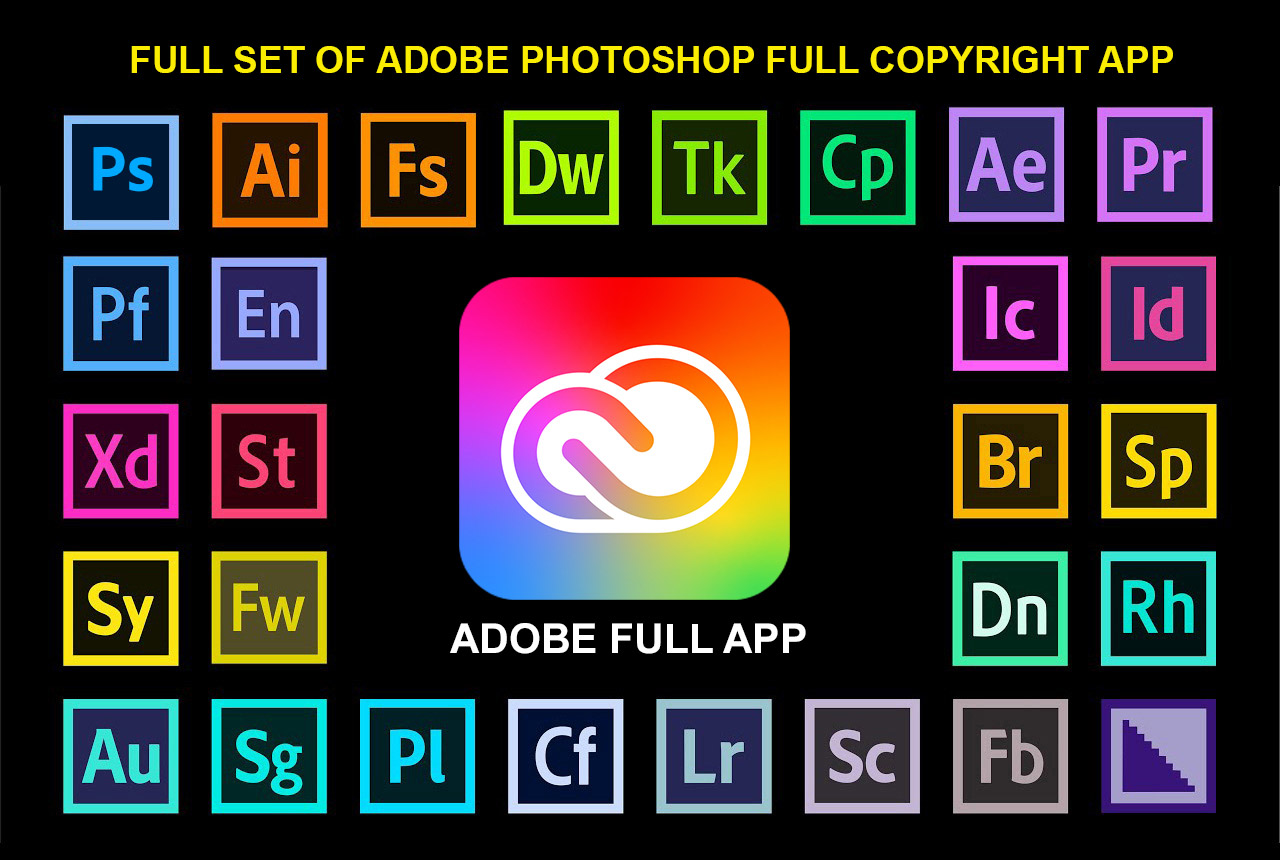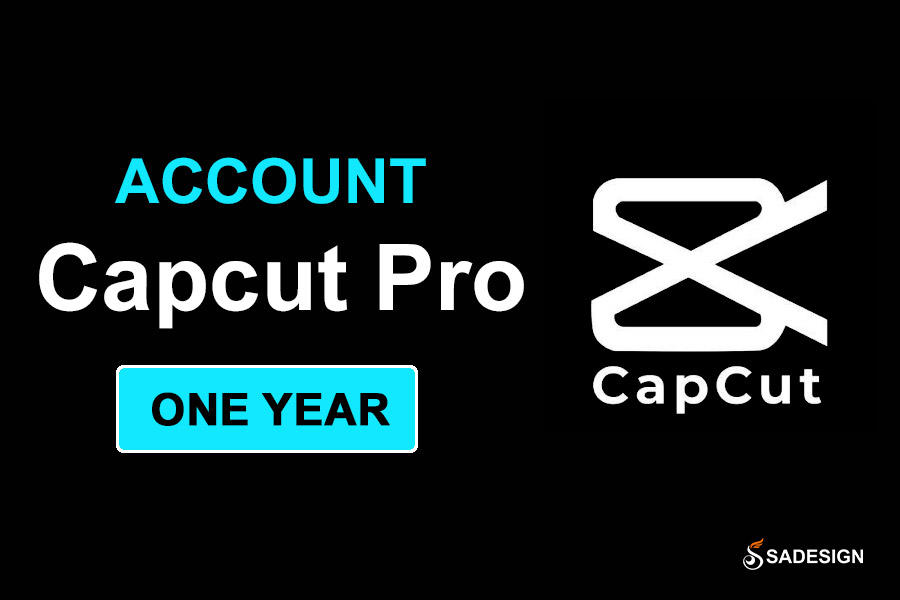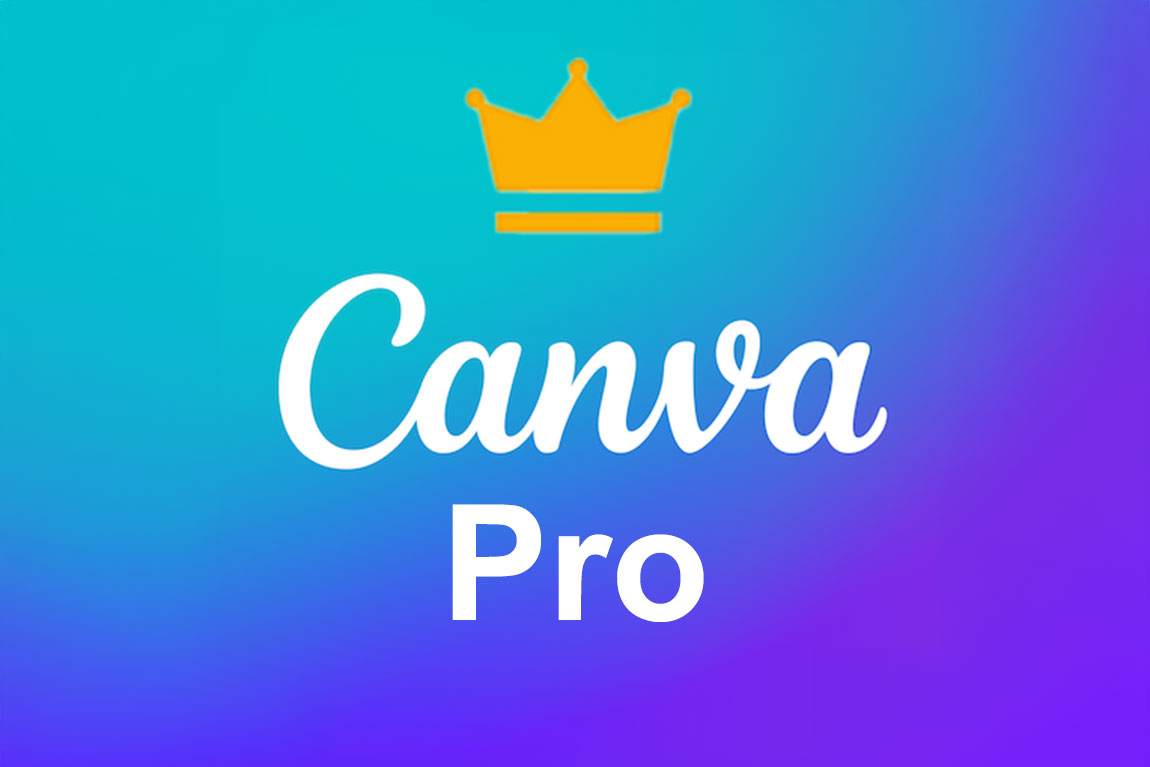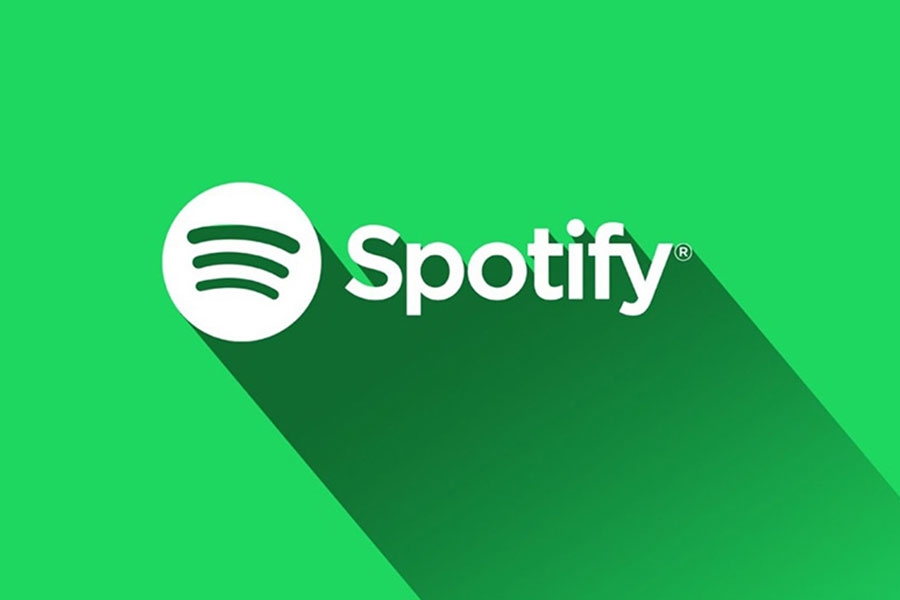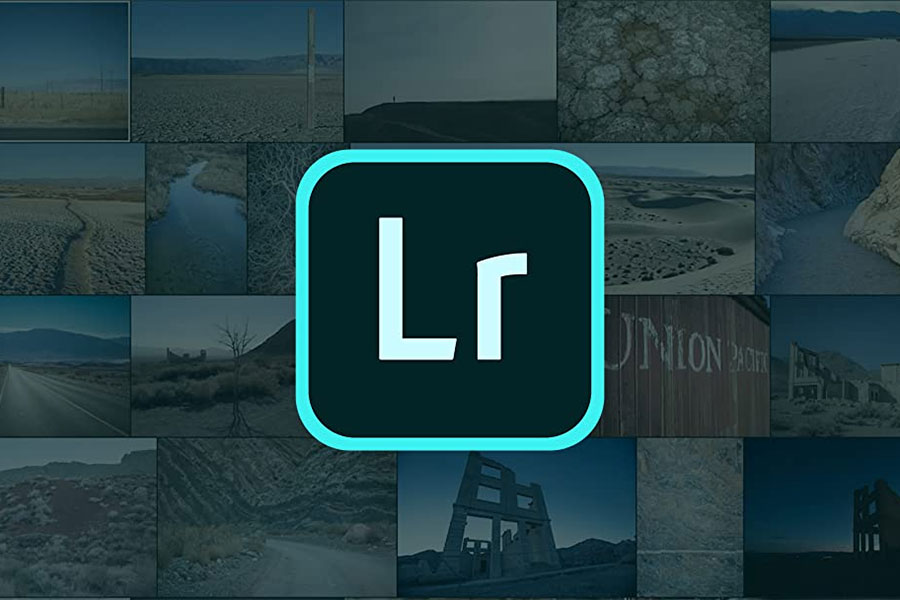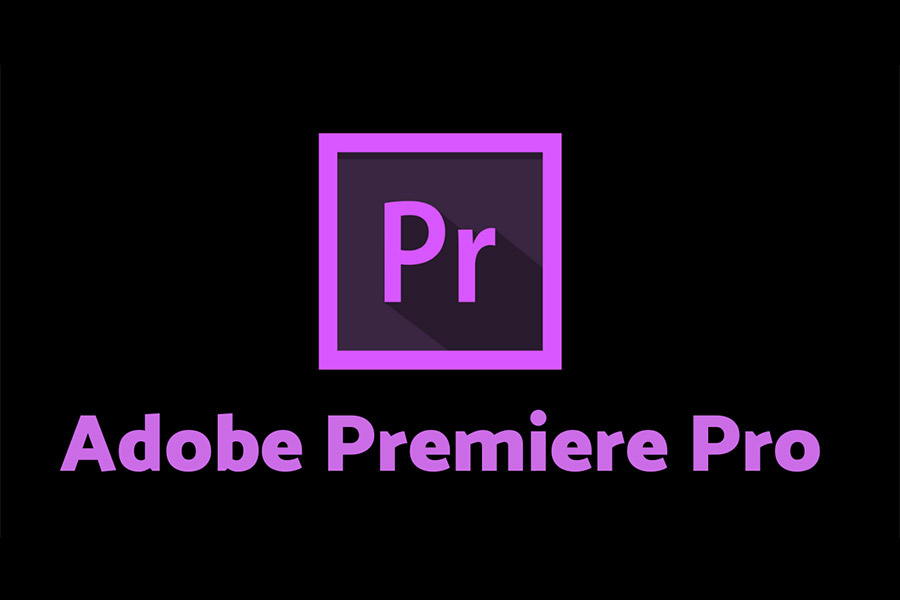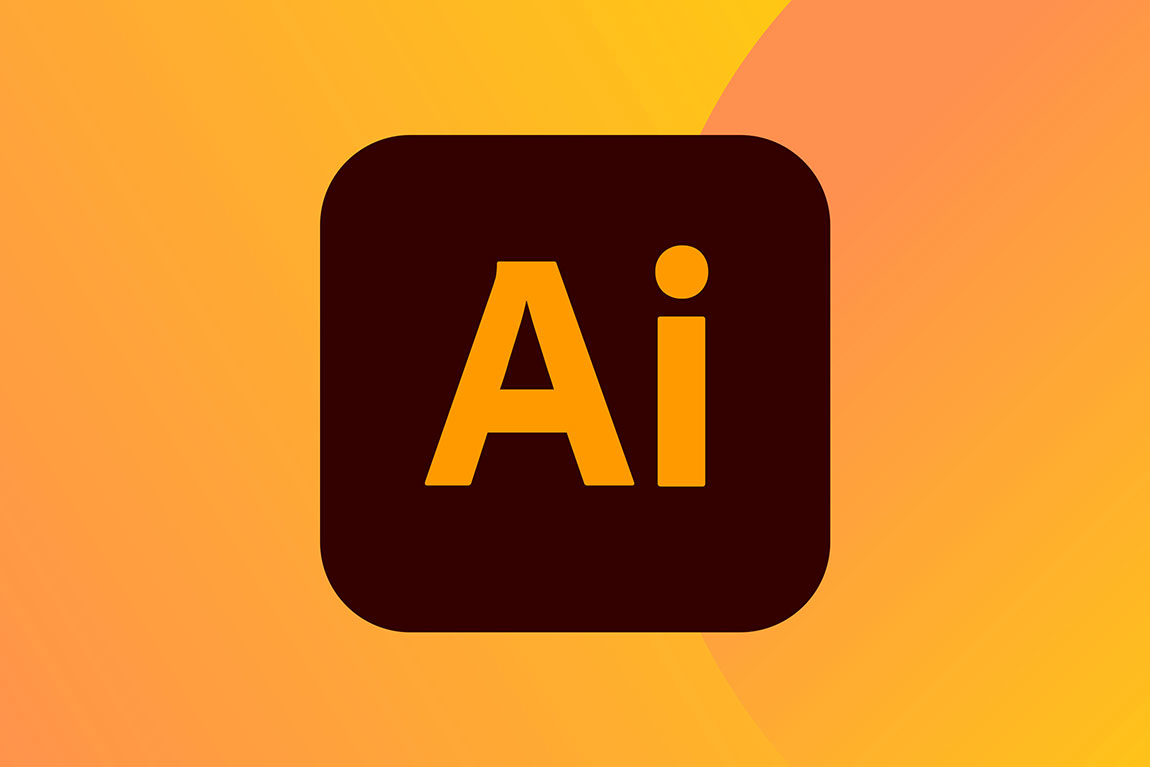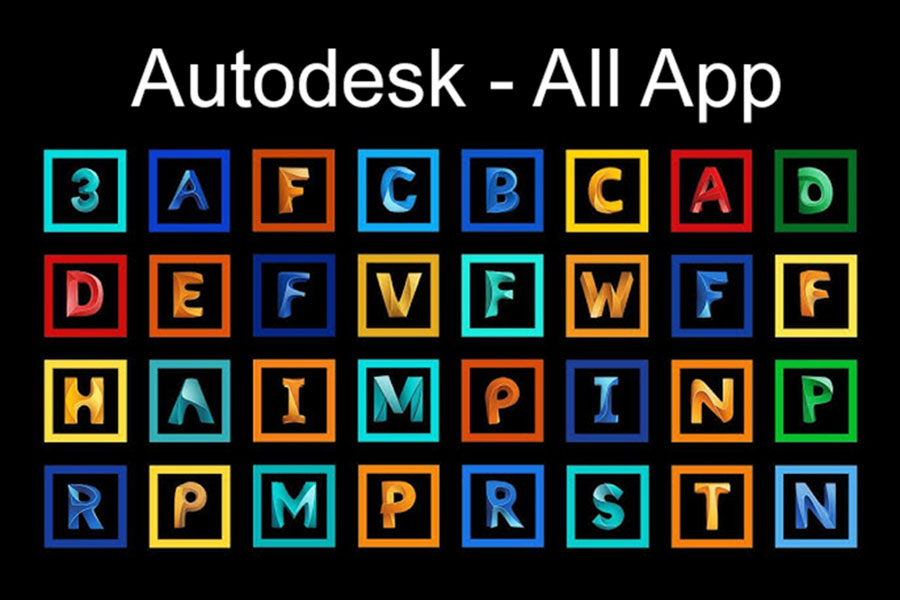Best Selling Products
Microsoft Integrates Claude into Copilot 365: Reduce Dependence on OpenAI, Expand AI Power
Nội dung
Microsoft's integration of Claude Sonnet 4 and Claude Opus 4.1 into Copilot 365 is a major milestone, marking the maturity of the multi-model strategy.
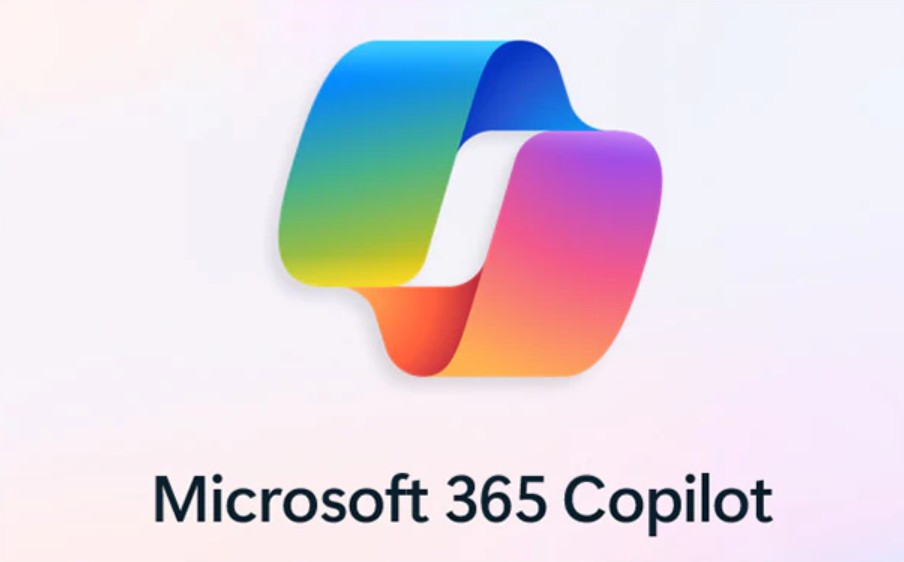
In the current global technology landscape, artificial intelligence is becoming the focus of every development strategy. From large enterprises to small startups, AI is considered as a new driving force for productivity, innovation and competitiveness. In the midst of this fierce race, Microsoft has emerged as one of the major players, with a clear vision: turning AI into a useful tool associated with work, study and daily life.
1. Microsoft and its ambition to expand the AI ecosystem
The launch of Copilot 365 is a clear demonstration of that ambition. Not only did Microsoft integrate GPT-4 from OpenAI, it also continuously expanded its AI model selection to meet the diverse needs of users. And recently, an important milestone appeared: integrating two models Claude Sonnet 4 and Claude Opus 4.1 developed by Anthropic into the Copilot 365 platform.
This move is not just about adding features, but also a strategic statement. It affirms that Microsoft does not want to depend on a single source, and is willing to build an open ecosystem where many AI models can coexist, complement each other and serve the best interests of users. With Claude's participation, Copilot 365 is not only stronger in natural language processing, but also demonstrates a long-term vision: AI must be flexible, diverse and highly personalized.
From a market perspective, this also shows that Microsoft understands that in the era of rapidly evolving AI, choice is key to customer retention. Users, especially businesses, do not want to be limited by a single technology. They need tools that can be customized to suit specific situations. And that is exactly what Microsoft is providing with the addition of Claude to Copilot 365.
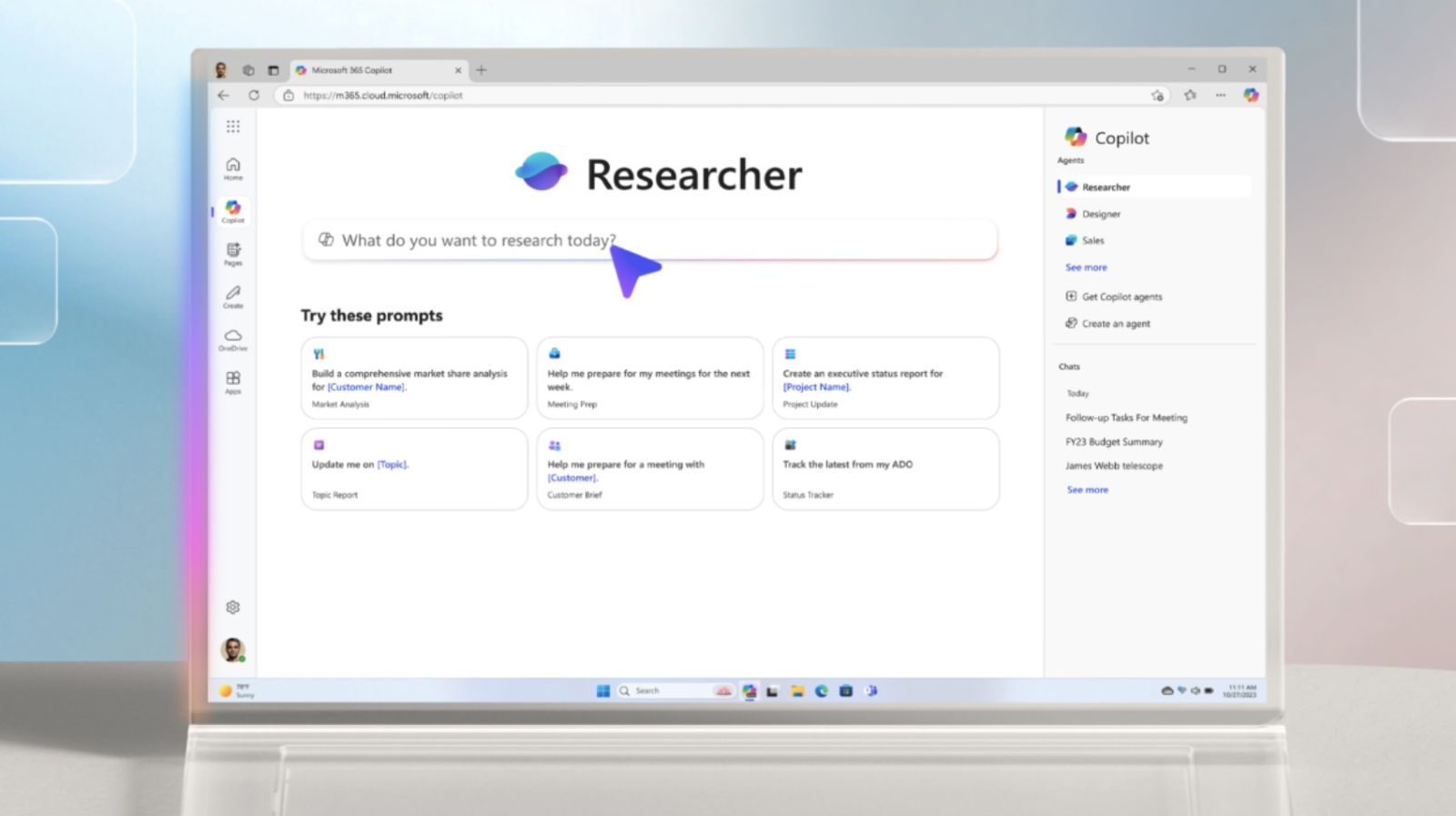
2. Claude, the new counterweight to GPT-4
To better understand the significance of this move, it is necessary to look back at the nature of Claude, the AI model line developed by Anthropic. Unlike OpenAI’s GPT, which has become globally famous, Claude has a different development philosophy: it prioritizes safety, reasoning ability, and transparency.
The two models chosen by Microsoft to integrate Claude Sonnet 4 and Claude Opus 4.1 are both among the most advanced models of Anthropic. They stand out for their multi-step reasoning capabilities, which help to handle complex tasks that require multiple stages of analysis; their ability to capture long contexts, which is very useful when working with multi-page business documents; and their ability to create coherent content, making the text clearer and more logical than some models in the same segment.
Compared to GPT-4 or GPT-4 Turbo, Claude is not intended to be a complete replacement, but rather a complement. GPT-4 excels in its versatile linguistic power, speed, and creativity, while Claude scores in its consistency, careful reasoning, and reduced risk of generating misleading content. For businesses, this choice is extremely important. For example, when it comes to creating creative copy for a marketing campaign, GPT-4 may be the right choice. But when it comes to analyzing contracts, synthesizing data, or supporting in-depth research, Claude can deliver more accurate and reliable results.
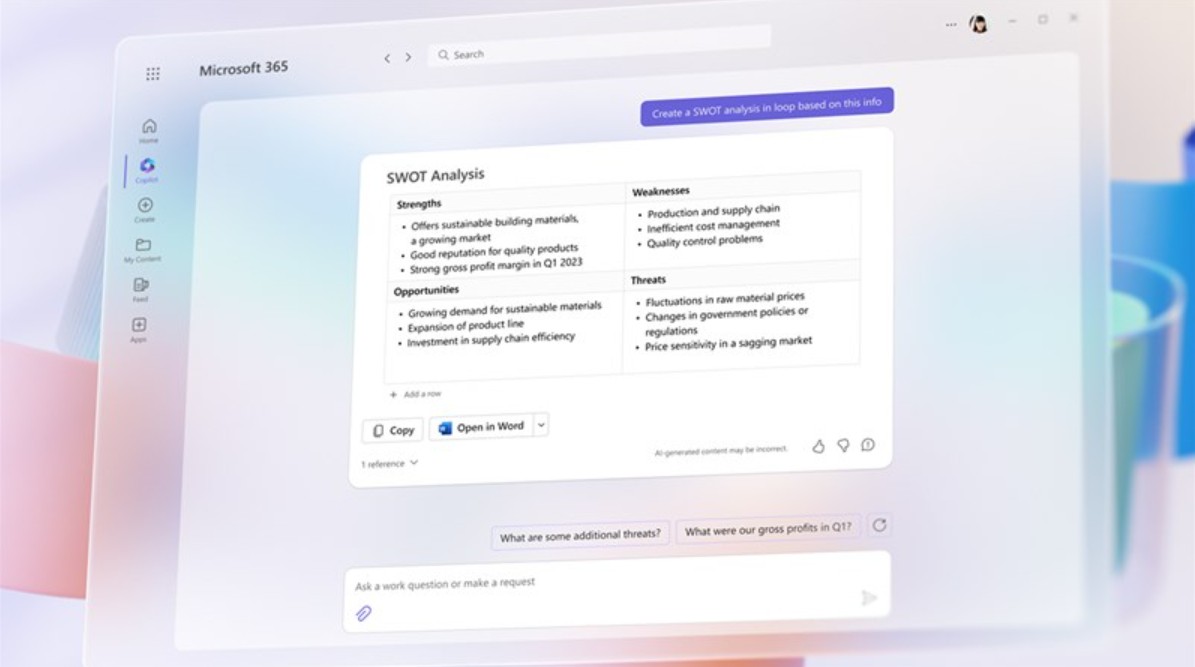
Microsoft’s inclusion of Claude in Copilot 365 as an option in the Copilot Researcher tool allows users to choose the model that best fits their work context. This is a smart approach, as it doesn’t pit the models head-on, but instead makes them complementary tools that combine to improve overall efficiency.
More importantly, Claude’s presence in the Microsoft ecosystem is symbolic: Microsoft is becoming a hub for connecting multiple AI models, not tied to a single partnership. This opens up a future where users can use multiple “artificial intelligences” at the same time, instead of relying on a single source.
3. Copilot Researcher and Copilot Studio
If Claude had just stopped at the role of an alternative model, this event might not have been noteworthy enough. But the highlight is that Microsoft has simultaneously upgraded Copilot Researcher and Copilot Studio, transforming Copilot 365 into a scalable, comprehensive, and highly customizable AI platform.
Copilot Researcher is designed to support research and information synthesis in businesses. With the addition of Claude, the tool now allows users to flexibly switch between AI models, depending on the type of task. It's like having multiple assistants in an office, each with their own strengths. This is especially important in work environments that require accuracy and speed.
Copilot Studio has also been significantly upgraded. Users can now not only create agents based on OpenAI technology, but also choose from models from Anthropic and many other providers in the future. This means that businesses can create “tailor-made” AI tools for their own needs, combining the advantages of multiple models and even integrating them directly into internal processes.
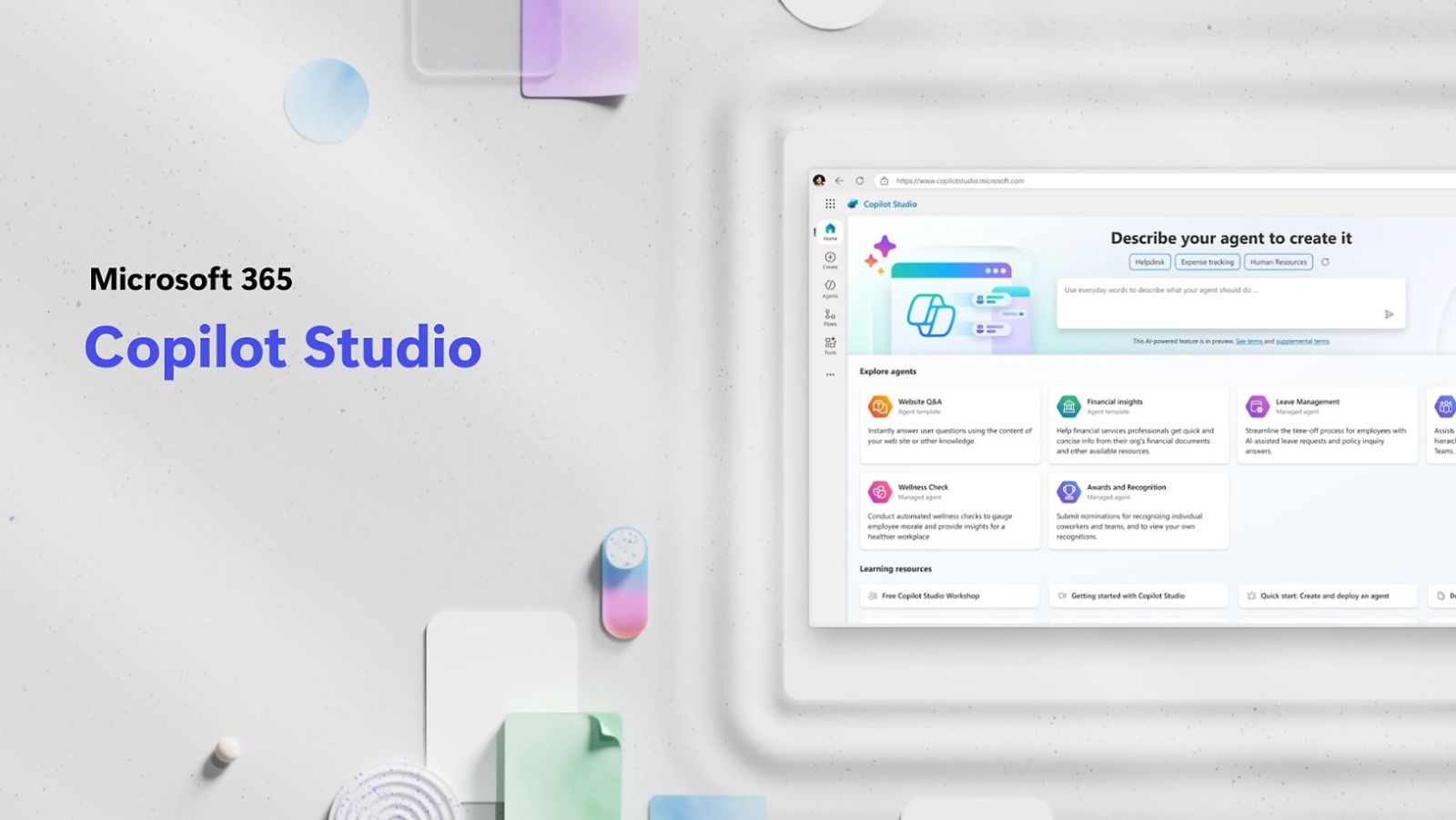
More broadly, this is the core of a multi-paradigm AI ecosystem, in which Copilot 365 is not just an office back-office application, but an open platform where developers and organizations can build, test, and deploy AI solutions in the most flexible way. Microsoft has long pursued a “platform-first” philosophy, and this time, they are applying that philosophy to artificial intelligence.
4. Strategy to reduce dependence and expand cooperation
One of the most important aspects of this move is the strategy to reduce dependence on OpenAI. For years, Microsoft and OpenAI have been considered a “power couple” in the AI field, with billions of dollars invested and deep integration of GPT into Microsoft products. However, relying too much on a single partner is always risky, both in terms of technology and business strategy.
By adding Claude, Microsoft sends a clear message: they are not just an “exclusive user” of OpenAI, but a provider of a diverse AI platform. This does not weaken the relationship with OpenAI, but rather creates a balance that gives Microsoft more autonomy and negotiating power in the future.
At the same time, this is also a testament to the trend of open collaboration in the technology industry. Anthropic and Microsoft are not traditional allies. Claude is even hosted on the Amazon Web Services (AWS) cloud infrastructure. However, Microsoft still chose to integrate through Anthropic's official API. This shows that in the AI era, the barriers between competitors are gradually fading, giving way to pragmatic cooperation to serve the needs of end users.
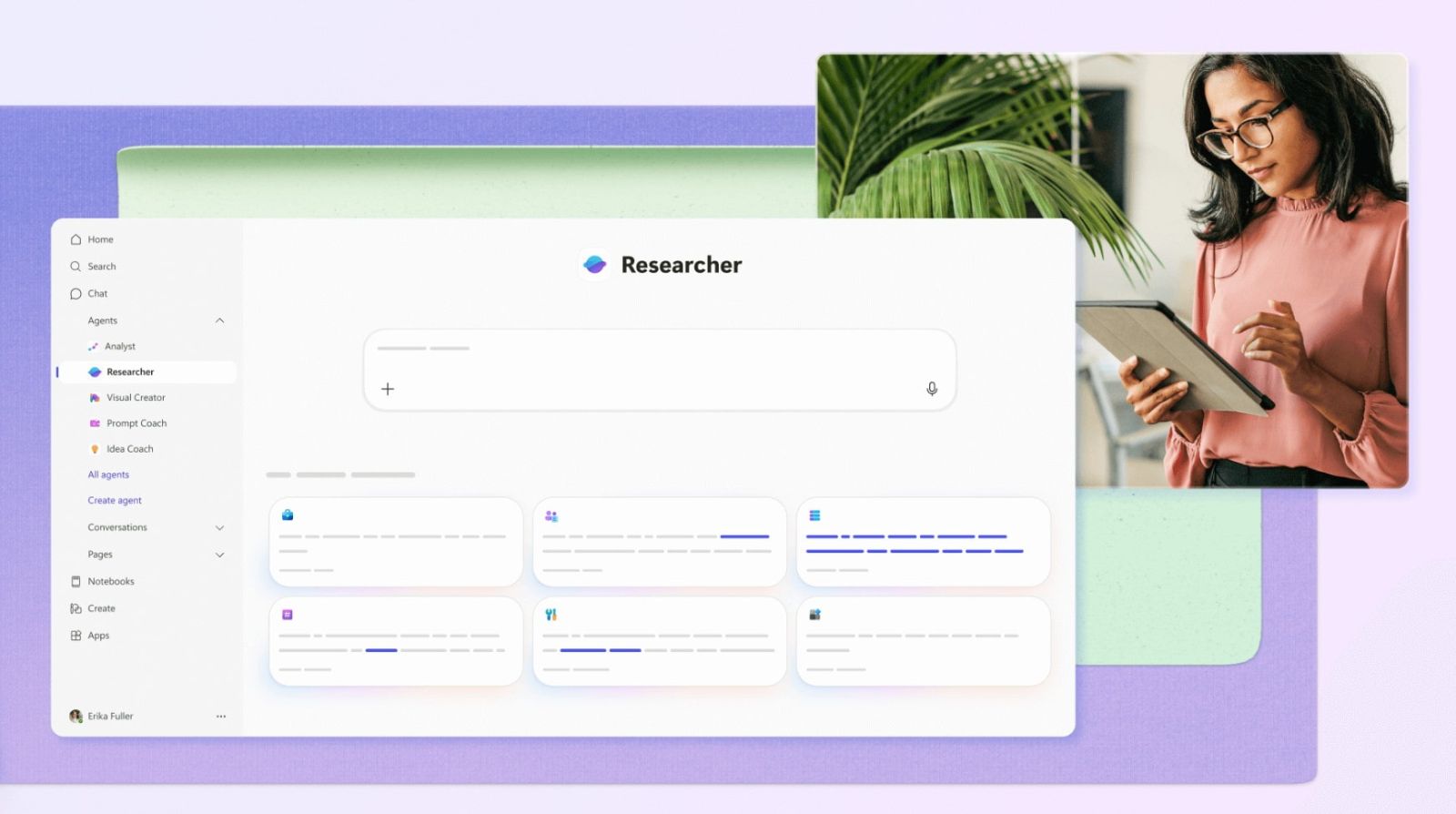
From a strategic perspective, this is Microsoft’s way of asserting its position as a “platform leader” rather than a “technology follower.” They want to make Copilot a convergence of many advanced AI technologies, regardless of their origin. This will benefit businesses and reinforce Microsoft’s central role in the global AI ecosystem.
5. Global significance and future trends
The integration of Claude into Copilot 365 is not only a business move, but also reflects a major shift in how people approach AI. While AI was once considered a high-end tool for researchers or large tech companies, it is now becoming a mainstream tool that directly supports the daily work of millions of people.
In particular, with the emergence of Claude, Copilot 365 offers a safer and more reliable option for tasks that require high accuracy. This opens up opportunities for organizations in many fields from education, healthcare, legal to finance to apply AI without worrying too much about content risks.
On a macro level, this is also a testament to the multi-model trend that is gradually becoming the standard in the AI industry. Instead of looking for a “one-size-fits-all” model, technology companies are aiming to provide many models with different characteristics, for users to choose according to their needs. In the period of 2025–2026, it can be predicted that AI competition will not only revolve around model power, but also around integrated value, flexibility and the ability to personalize the user experience.
Microsoft is one step ahead with Copilot 365. Combining Claude and GPT in the same platform sets a precedent for future multi-dimensional collaborations. It is likely that in a few years, we will see Copilot supporting not only OpenAI and Anthropic models, but also models from Google DeepMind, Mistral, Cohere, or even open source models developed by the community.
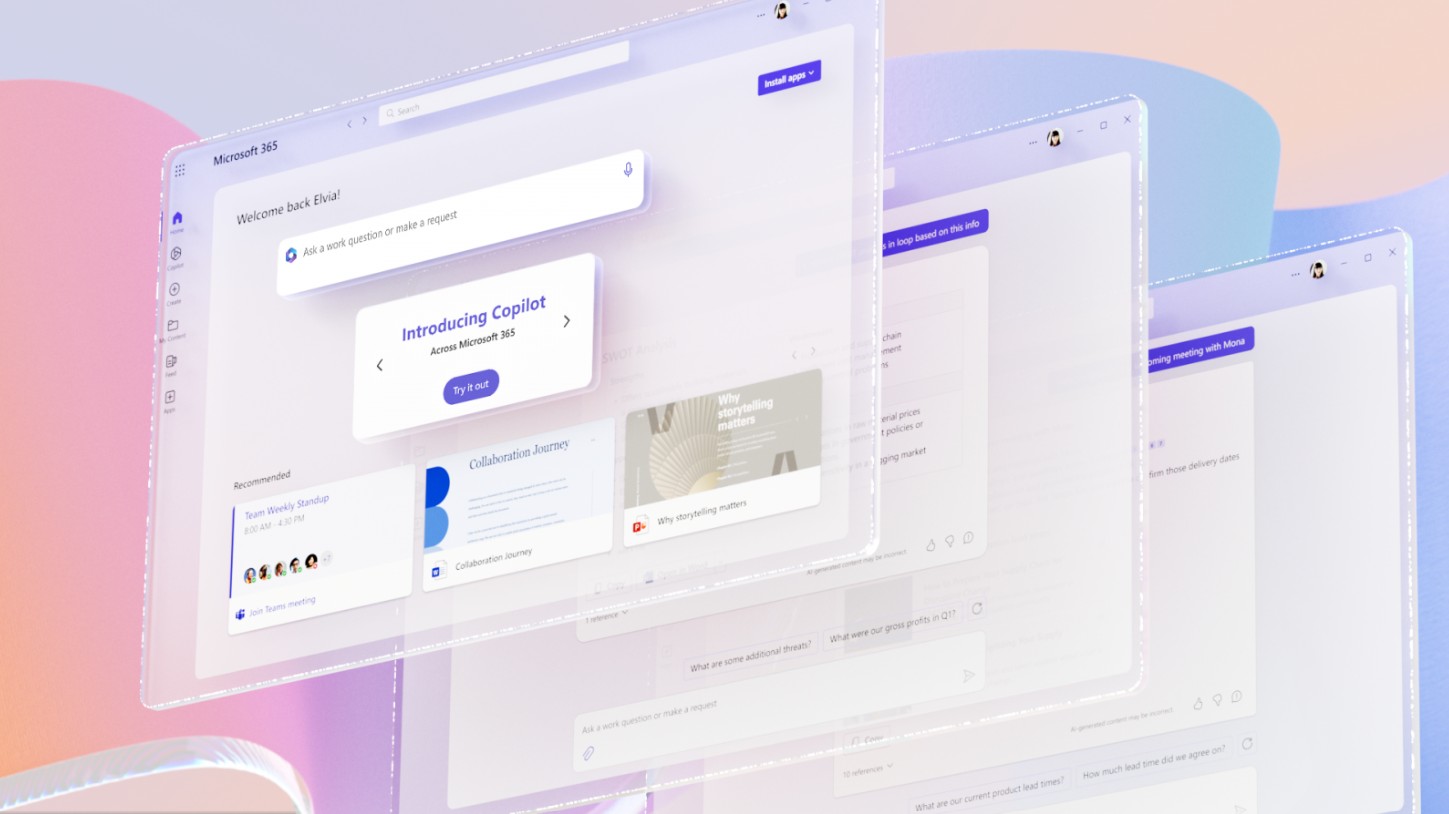
Overall, this move shows that Microsoft is committed to its strategy of building a diverse, powerful, and highly customizable AI platform. This is not just a short-term competitive advantage, but also a long-term vision to bring AI closer to every business, every individual, anywhere in the world.
6. Conclusion
Microsoft's integration of Claude Sonnet 4 and Claude Opus 4.1 into Copilot 365 is a significant milestone, marking the maturity of the multi-model strategy. This is not only a technological addition, but also a declaration: AI cannot and should not be monopolized by a single model.
With the combination of GPT's creative power and Claude's thoughtful reasoning, Copilot 365 is becoming one of the most powerful and comprehensive office AI platforms in the world. And in the near future, it will expand even further, becoming a converged AI ecosystem where everyone can access, create and optimize their work with the most suitable tools for them.
